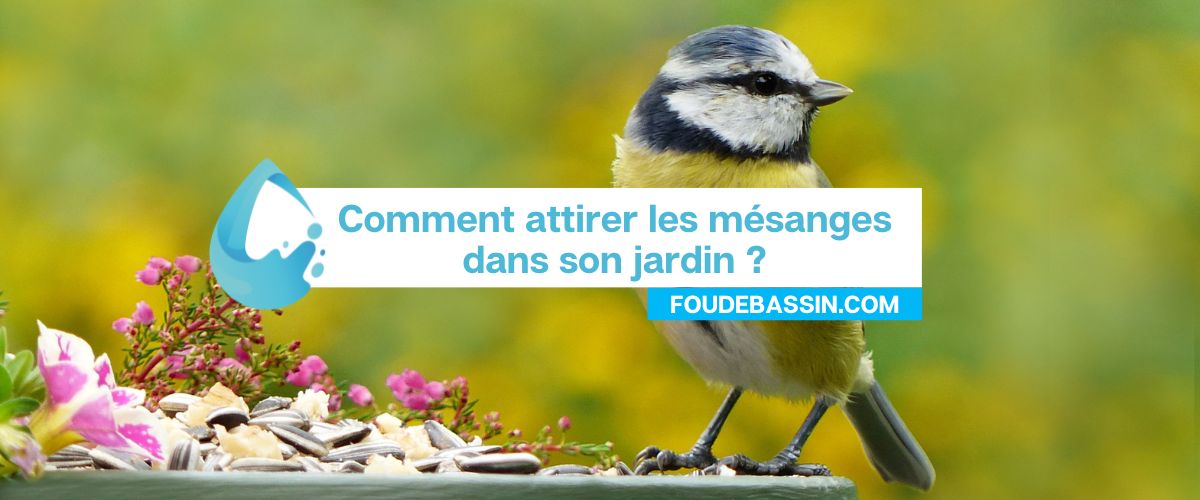Retrouvez ici les indispensables et meilleures ventes pour nos propriétaires de bassin.
Retrouvez ici les indispensables et meilleures ventes pour nos propriétaires de bassin.

Here are some steps you can take to attract chickadees to your garden:
Provide food: Chickadees are attracted to seeds and nuts. You can set up a bird feeder or place these foods on a windowsill or table.
Install a nest box: Chickadees are nesting birds and will appreciate a place to shelter and raise their young. Make sure the nest box is in a sheltered area with plenty of sunlight.
Grow plants with nectar-rich flowers: Chickadees are attracted to flowers that provide them with nectar. Plant flowers such as pansies, nasturtiums and marigolds.
Provide water: Chickadees need water for drinking and bathing. Provide a small fountain or shallow trough filled with water.
Be patient: It may take some time for chickadees to discover your garden and settle in. Be patient and continue to offer them food and comfortable shelter.
Urbanization, changes in agricultural practices and the modernization of buildings have caused a scarcity of suitable places for nesting for many birds. Installing nest boxes helps to compensate for this situation by creating favorable sites for these birds.

There are seven species of tits in Belgium that belong to the Paridae family. These small birds are recognized by their short, pointed beak and rounded body. They can be seen in gardens, orchards and parks in cities, as well as in forests. They have a varied diet that includes small invertebrates, seeds and berries. The great tit is the largest and most common of these species.

It is recognizable by its blue wings, yellow belly and black and white head. It has two broods per year and lays between 5 and 12 eggs. It is also faithful to its nesting territory and returns there each spring.
Aquipond Greenstab - Natural treatment against pond algae It is a natural product that helps limit algae at any time. It also has a prevent...
View full detailsReduces the layer of silt in the pond by at least 40% Easy to use with less impact on biodiversity Prevents fermentation, bad odors. pH ...
View full detailsOrganic dye to block plant growth by limiting photosynthesis ORGANIC PRODUCT NON TOXIC TO HUMANS (DIVING) AND FISH. 100% NATURAL AND BIODE...
View full detailsThe positive effects of barley straw have been known to water enthusiasts for a long time. But currently barley straw is difficult to find and i...
View full detailsReduces at least 40% of the layer of silt in the pond Easy to use with less impact on biodiversity Prevents fermentation, bad odors. ...
View full details
Leave a comment